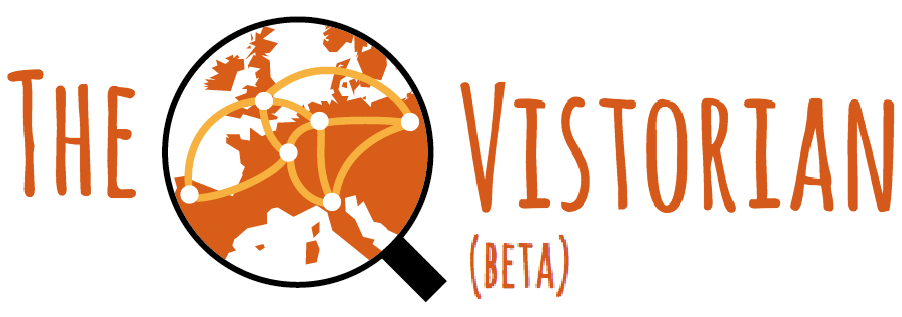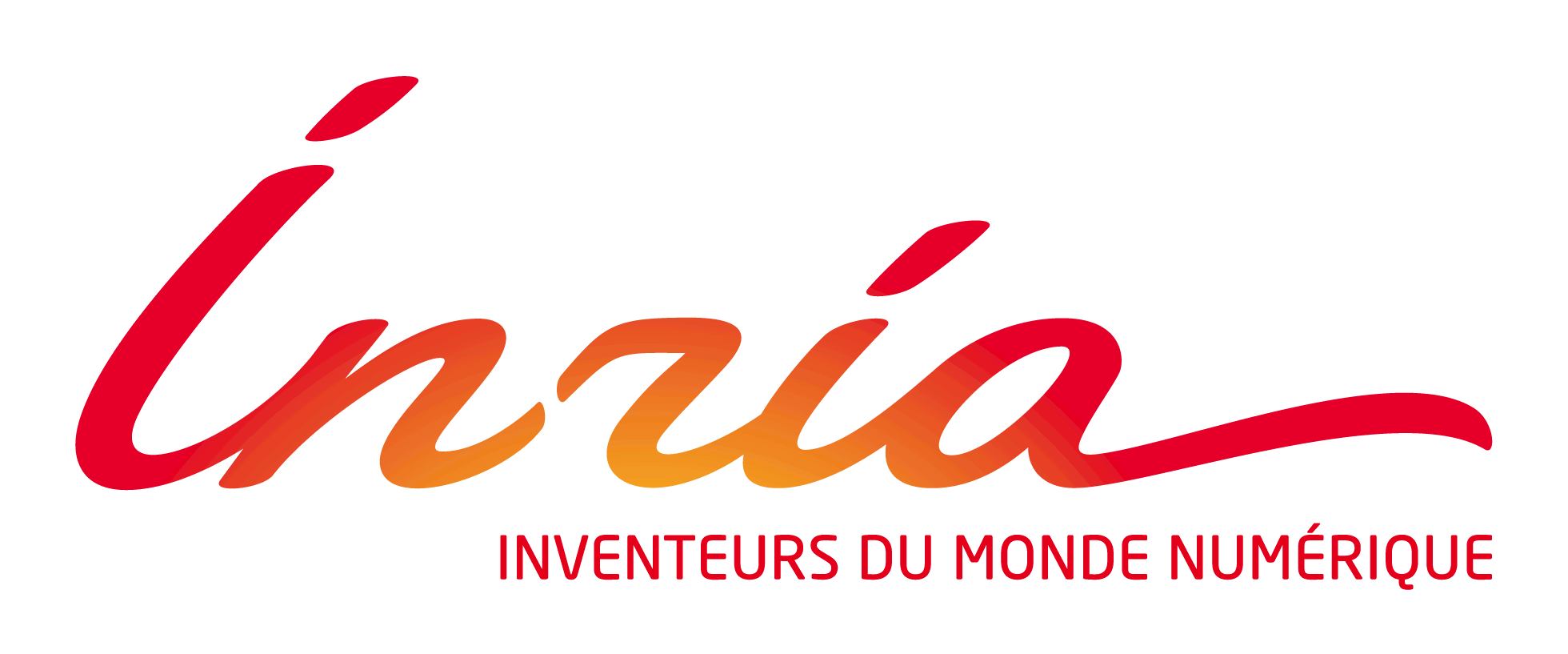Scroll down and interact with the visualizations. Each view shows the same network, a fictive dynamic scientific social network. Hovering elements in one visualization propagates to the other views, highlighting the same element(s).
Use the time slider in each visualization to navigate through time. Each visualization provides additional parameters for visual refinement. (Possible delays in interaction are due to synchronization between visualizations. Visualizations will be faster if used in isolation).
Node Link Visualization
Node-link diagrams show nodes in the network as points (dots) and (multiple) relations between nodes as straight parallel lines. Moving the time slider on the top of the visualization filters links between nodes according to their presence in time. Colors show the type of relation.
Matrix Visualization
Adjacency matrices (or simply matrices) are table representations of networks. Nodes are represented both as rows and columns, connections between nodes are shown as black or colored cells in the matrix. Contrary to node-link representations, matrices do not suffer from visual clutter if the network is dense (i.e. contains many links). Matrices help you exploring dense networks that would look too cluttered with node-link diagrams.
The below example shows a cluster of connections of the same type (red). The first row in the matrix, featuring cells of different types (colors), indicates a highly connected node.
Node labels are shown for rows and columns. A small overview on the left shows the entire matrix and the currently visible part when panning and zooming.
Dynamic Ego Visualization
An dynamic ego network shows a node in a network (ego) and its immediate neighbors (alters), as well as connections between the alters. A dynamic ego network shows these connections over time. The below visualization shows a timeline running from left to right. Rows represent nodes in the network and arcs represent connections between them. Adapting the time slider on the top of the visualization adapts the time range visible in the visualization.
Clicking a node label sets this node the current ego node and removes all nodes from the visualization that are not connected to the ego node.
Map Visualization
The map visualization shows a dynamic network with nodes having geographic node positions. This requires that nodes have geographic coordinates associated with them in the data model. Every dot-node on the map represents a position of an actual node in the network. In other words, for every geographical position that one node occupies during its lifetime, there is one node rendered on the map. Hovering a node on the map, shows all the nodes belonging to the same node in the network. For example, if a person in a social network moves between three different positions over time, there will be three nodes rendered on the map and highlighted if one of them is hovered.
All locations that are occupied by some node over time, are rendered as black transparent squares. Hovering, reveals the location's name as well as the names of the present nodes.
Nodes without any geographic position (free nodes) will be placed as close as possible to all their connected neighbors. Free nodes are rendered transparent, which can be adjusted using the corresponding slider on the top of the map visualization.
One common problem with geographic positions is, that multiple nodes are present at the same location. The map visualization allows to specify an offset between these nodes (slider on the top of the visualization) that nodes at the same geographical position slightly apart.
The visual encoding of the network is otherwise the same as for the node-link visualization.

 © 2016 INRIA
© 2016 INRIA 